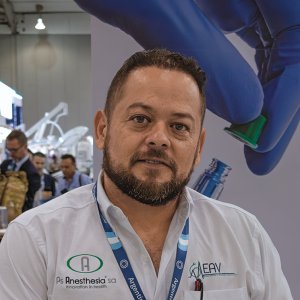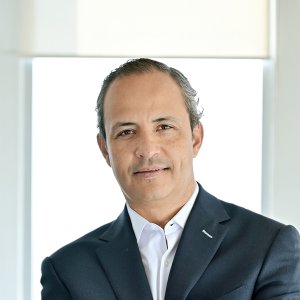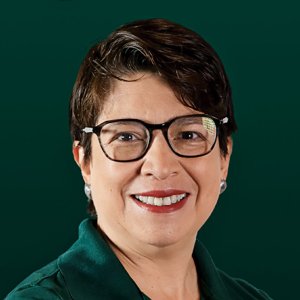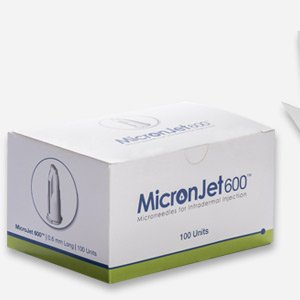Digitizing Hospital Processes Through Highly Configurable EMRs

STORY INLINE POST
Q: How does the development of an Electronic Medical Record (EMR) align with Philips healthcare innovation ideals?
A: In recent years, Philips grew from a diversified conglomerate to a leader of health technology. In this transformative journey, Philips chose to focus on health as it is a great social challenge where innovation can bring change and have a substantial impact, especially in regions like Latin America where 30 percent of people do not have access to quality medical care.
We believe that innovation and medical care play an important role in helping healthcare reach different places in the region, especially remote populations. At Philips, we want to be a key player in this transformation. As a leading technology company, our purpose is to improve people’s health and well-being through these innovations.
Q: How does the Tasy EMR contribute to your already leading market position in the healthcare industry?
A: It is part of our ultimate goal to improve 2.5 billion lives per year by 2030, including 400 million underserved communities. At Philips, we are committed to helping healthcare professionals and improving patient care. Recently the Tasy EMR solution won the Best in KLAS 2022 award for intensive care in Latinamerica. This award recognizes software and services companies that excel at helping healthcare professionals improve patient care. All of these rankings are the direct result of feedback from thousands of health professionals over the last year. For the healthcare IT industry, a Best in Klass award reflects the commitment that main providers must offer and that the solution contributes to the improvement of medical care.
Q: What are the fundamental elements that make Philips’ EMR a responsive solution for providers, management and patients?
A: Philips has professionals and consultants who have an in-depth understanding of hospital processes worldwide. This knowledge was transformed into a computer tool. One of the main characteristics of our tool is that it is extremely configurable and can be adapted to different scenarios or types of organizations, whether they are private or public, highly-mature hospital processes or just starting a project.
This set of elements has made it possible for our tool to adapt to the situations that exist today in each hospital worldwide. This system can be adapted to a Mayo Clinic-type hospital or to a small clinic in a remote rural community.
Q: What security standards are used by Philips’ EMR?
A: We started this from a legal viewpoint, ensuring patients have ownership of their information regardless of where it is generated. Regarding security, Phillips has international certificates that help our platforms to assess the current state of data security in computer systems. In addition, we are constantly developing effective security standards and constantly monitoring them to ensure that the information generated in the system is never compromised. Our security consultants provide risk and vulnerability assessments of medical systems and provide advice on implementing organizational processes that seamlessly integrate security response and recovery workflows across all suppliers.
Q: What has been the Mexican market reception to Philips’ EMR?
A: Tasy EMR is about 25 years old. It was created in Brazil and Philips bought the company that developed this tool. We are positioning it in Latin America and in the rest of the world. Mexico was the first country in which we deployed the tool outside of Brazil and we have been in the Mexican market for the last seven years. During the first four years, the priority was for the tool to comply with Mexican regulations and processes, including certifications. Then we proceeded with the expansion. This system has had a positive reception at public and private health institutions.
Q: What are the primary differences of adopting these solutions in public and private hospitals?
A: The difference is in the system’s degree of configuration and the client’s needs. Some public hospitals want better ways to prioritize patients during emergencies or to improve medication traceability. Private institutions often want to improve financial or administrative control. Whatever the case, we sit down with the organizations to design and co-create the best solution. The system’s ability to adapt to the hospital allows us to solve their critical problems quickly.
Q: How is Philips further positioning the solution in the country?
A: Philips has a well-established customer base. We reach out to customers who already have an installed base to easily explain how they can further leverage their existing technology. For example, hospitals that have Philips X-ray imaging equipment can use Tasy EMR to quickly process information from these imaging systems to help physicians make better decisions. This technology is also perfectly suited to non-Philips devices.
Q: How does Philips measure the success of its EMR in the facilities using it?
A: Results depend on the hospital and the reasons behind the adoption of our IT platform. One quantitative benefit is the automation of processes within hospitals, such as expenses incurred from the patient’s admission to their discharge. This foments transparency in patient care and this information is useful for insurers.
Another quantitative benefit is the optimization of diagnostic studies, granting doctors access to this information and allowing them to monitor patients in real-time to ensure they receive the correct treatment. Qualitative benefits include patient safety through the tool’s many security elements and alerts in the administration of medication. Many patient deaths are caused by poor practices or poor dispensing of medications. Tasy EMR can alert doctors if a patient is at risk of taking medications that should not be mixed. The system can also interact with most hospital equipment to achieve total control and standardization of hospital operations.
After COVID-19, we have learned that we must adapt quickly our process, management, technology for any emergency; implementing an EMR is the best way to understand the status of our organization, detect improving areas and digitalize our processes.
Philips is a technology company focused on improving people’s health and well-being through innovation. With a vision of healthcare as a connected whole, Philips provides clinicians the tools they need to make a precise diagnosis and deliver personalized treatments.








 By Miriam Bello | Senior Journalist and Industry Analyst -
Fri, 08/05/2022 - 16:05
By Miriam Bello | Senior Journalist and Industry Analyst -
Fri, 08/05/2022 - 16:05
















